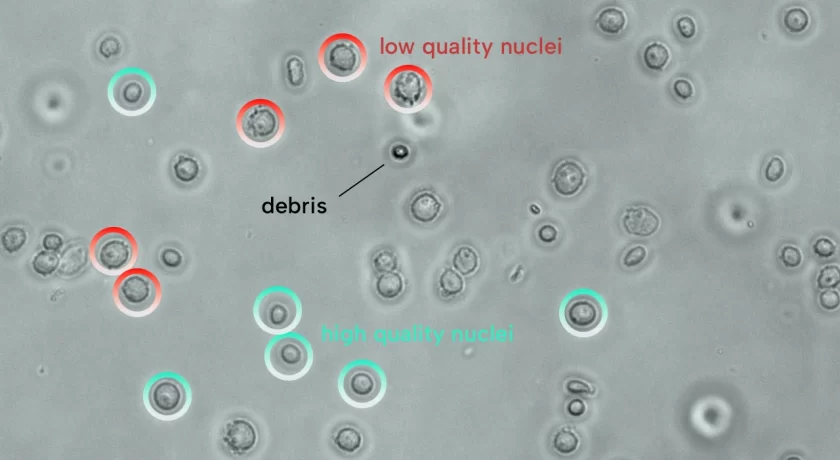
In this blog, we will discuss how single-cell sequencing contributed to the identification of a novel immune cell subset in Crohn’s disease.
There are many different types of immune cells and within each cell type, various subsets can be distinguished. For example, innate lymphoid cells (ILCs) can be subdivided into five subsets. These immune cells are enriched at barrier surfaces, such as the intestines. There, they play an important role in the defence against pathogens.
However, activation of ILCs might also exacerbate inflammation in the intestines of Crohn’s disease patients. Crohn’s disease is an inflammatory bowel disease causing chronic inflammation of the intestines.
In this study, single-cell RNA sequencing was used to identify a specific subset of ILCs in Crohn’s disease patients. This research was published in Nature Communications in October 2021.
New findings from this study
The main finding of this study is that the frequency of a specific subset of ILCs is elevated in inflamed intestines of Crohn’s disease patients compared to non-inflamed intestines of these patients and to healthy controls. Interestingly, this ILC subset is characterized by the secretion of granulysin, which is a cytotoxic molecule that for example kills bacteria. However, the role of this molecule in Crohn’s disease has yet to be determined.
Contribution of single-cell RNA sequencing
Single-cell RNA sequencing was performed at Single Cell Discoveries to analyze ILCs that were isolated from intestines of Crohn’s disease patients. In this study, the single-cell sequencing platform SORT-seq was used, which resulted in a transcriptome dataset from 932 ILCs. This was further analyzed by the Amsterdam UMC.
Cells were clustered based on the transcriptome dataset, leading to the identification of a specific ILC subset present in inflamed intestines of Crohn’s disease patients. Gene expression levels in this ILC subset are distinct compared to known ILC subsets.
Impact on Crohn’s disease research
It is still unclear whether secreted granulysin is beneficial for Crohn’s disease patients or whether it exacerbates inflammation in the intestines. If granulysin secreted by these ILCs plays a role in the pathology of Crohn’s disease, inhibition of these cells could be an interesting strategy to reduce inflammation. Therefore, we are looking forward to future research to unravel the role of this ILC subset in Crohn’s disease.
Click on the link below to read the full article:


